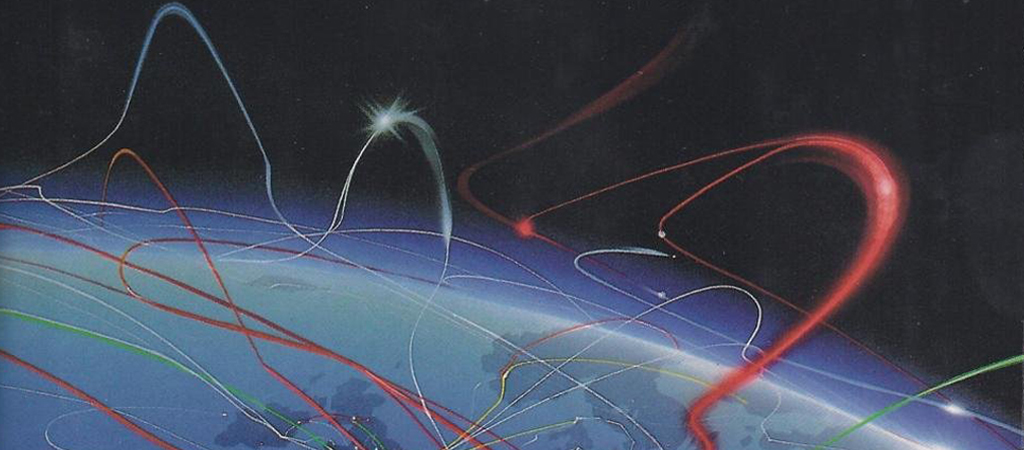The concept of humanity merging with technology to form a global superorganism began to take shape in
Gregory Stock’s mind in the 1960s, though his book
Metaman wasn’t published until 1993. He was unaware of Teilhard’s writings on the evolution of the Noosphere until he was well along in development of his own ideas, but when he did read Teilhard, he was impressed by his prescience:
I was going, “Oh, my God. How could somebody see that in the 1920s?…I was thinking, the things that felt, to me, very prescient back in the 1960s…and now seems almost obvious, the global brain, the global mind, all of these frameworks that are quite dispersed…to have seen it at that time was extraordinarily impressive.
The concept of a
superorganism has an even deeper history. The term was first used by geologist and naturalist
James Hutton in 1789, though in the context of geophysiology. Hutton was also one of the first scientists to glimpse some of the principles of natural selection, and influenced Charles Darwin’s later work. Hutton’s ideas about a geophysical superorganism influenced
James Lovelock’s development of the
Gaia Hypothesis. His co-developer of the Gaia Hypothesis,
Lynn Margulis, is famous for her groundbreaking work on
endosymbiosis, the evolution of a superorganism on a much smaller scale—the coming together of prokaryotes to form the first eukaryotic cells.
However, what most clearly unites Gregory’s vision of Metaman and Teilhard’s of the noosphere is the integral role of technology and human activity in the next stage of life on Earth. Teilhard described these coevolving biological, social, and technological components in terms of the noosphere’s anatomy and physiology. Gregory describes some of the components coming together to form Metaman, in Chapter One of his book:
“Today humankind is increasingly bound together by a dense network of communications links and trade systems. We are joined not only by obvious physical pathways such as highways, railways, and phone lines, but by a myriad of hidden connections as well. Without noticing, we walk above pipes and cables, beneath airplane flight corridors and satellite broadcasts, through radio and television transmissions…
…just as the activities of an animal’s individual cells mesh to serve the needs of the animal as a whole, human activity has organized itself into large functional patterns that join to sustain the entirety of Metaman. This superorganism has many of the same basic needs an animal has: finding and consuming food, circulating energy and nutrients, replacing damaged and worn-out parts, regulating its internal environment, and sensing and responding to changes in its surroundings. Needing nourishment, Metaman extends itself over the planet’s surface, consumes what it finds, and circulates these vital materials using transportation systems akin to the human body’s arteries and veins. At a thousand sites Metaman gnaws the land to devour iron and other minerals, digs down miles to gulp oil, drinks rivers dry, and scoops up animals and plants. Metaman may be unlike any other living thing, but nonetheless it is feeding, moving, growing, and rapidly evolving. Metaman is even likely to reproduce one day — by moving beyond the Earth, out into space.”
Gregory wrote Metaman several decades after Teilhard formed his vision of the noosphere. Social and technological change accelerated rapidly between the 1940s and 1990s. In the early 2020s, the coming together of human biology, society, and technology generates whole new fields of research and new kinds of institutions overnight. Gregory is intensely interested in all three.
Given
Science of the Noosphere’s mission, it seems clear that Gregory needs to play a part. We wanted to not only understand how he came to write Metaman, but inquire about his other related interests too. In addition, we wondered if anything that has occurred in the ensuing 30 years has changed how he sees Metaman’s evolution taking place.
